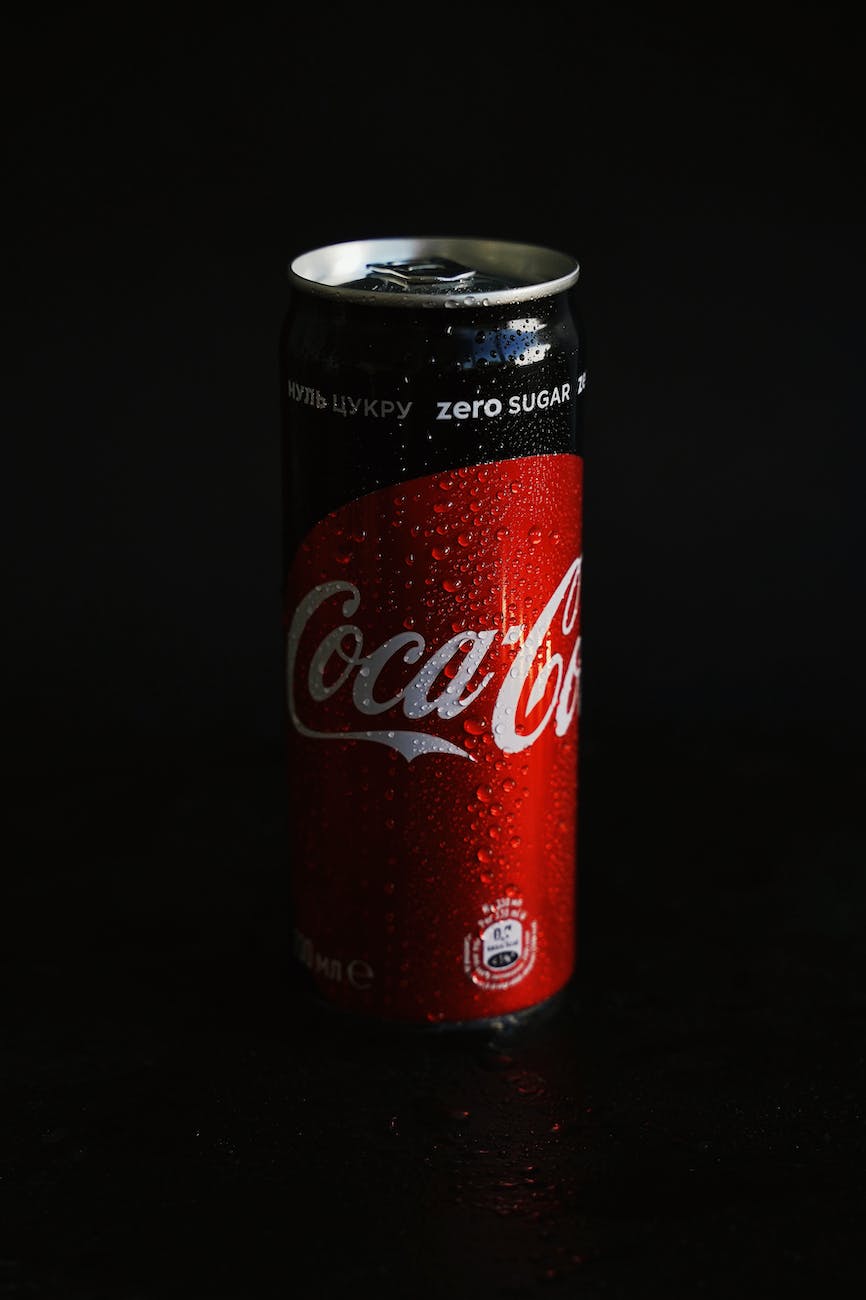
In the quest for healthier lifestyles and dietary choices, sugar substitutes have emerged as pivotal players in the culinary world. Whether you’re managing diabetes, aiming to reduce calorie intake, or simply exploring the vast landscape of modern baking, understanding how to utilize these substitutes effectively can transform your cooking and baking endeavors. Let’s dive into the art of using sugar substitutes, combining practical advice with expert insights to guide you through sweetening your dishes without the added calories.
The Sweet Spectrum: Navigating Your Options
Sugar substitutes come in various forms, each with unique properties that can affect the taste, texture, and appearance of your culinary creations. From natural sweeteners like stevia and monk fruit extract to sugar alcohols such as xylitol and erythritol, and synthetic options like aspartame and sucralose, the choice of sweetener depends on your dietary needs, taste preferences, and the specific requirements of your recipe.
Natural Sweeteners: Praised for their minimal processing, natural sweeteners can offer sweetness without the spike in blood sugar levels. They’re ideal for beverages, dressings, and sauces, though their intense sweetness requires a careful hand.
Sugar Alcohols: With fewer calories than sugar, sugar alcohols are a favorite in baking. However, their potential to cause digestive discomfort in some individuals means they’re best used in moderation.
Synthetic Sweeteners: While offering the benefit of zero calories, synthetic options can come with a debate on their long-term health effects. They’re best used in recipes where a small amount can achieve the desired level of sweetness.
The Art of Substitution: Practical Tips for Every Baker
Understanding Ratios: Not all sugar substitutes are created equal. While some can be swapped on a 1:1 basis with sugar, others require adjustments to achieve the right balance of sweetness, texture, and volume. Familiarize yourself with the substitution ratios recommended by the manufacturer or culinary experts.
Texture and Taste Tweaks: Sugar does more than sweeten; it contributes to the texture, color, and moisture of baked goods. When using substitutes, consider adding ingredients like yogurt, applesauce, or mashed bananas to maintain the desired consistency and richness.
Experiment with Combining Sweeteners: Sometimes, the key to perfecting a recipe with sugar substitutes lies in using a combination of sweeteners. This can help balance flavors, reduce aftertastes, and mimic the multifaceted role of sugar in recipes.
Beyond Sweetness: The Role of Sugar Substitutes in Health and Nutrition
While the primary motivation for using sugar substitutes often revolves around reducing calorie intake or managing blood sugar levels, it’s essential to consider their broader impact on health. Moderation is key, as overconsumption of certain substitutes can lead to digestive issues or affect gut health. Always aim for a balanced diet that prioritizes whole, unprocessed foods alongside these sweet alternatives.
Sweet Success: Your Guide to Healthier, Happier Baking
Embracing sugar substitutes opens up a world of possibilities for health-conscious cooks and bakers. By understanding the nuances of each option and experimenting with recipes, you can enjoy the sweetness of life without compromising on health or flavor. Whether you’re perfecting a batch of sugar-free cookies or crafting a no-sugar-added salad dressing, the key lies in balance, experimentation, and the joy of discovery.
As we continue to explore the evolving landscape of culinary arts, sugar substitutes stand out as a testament to our ability to adapt and innovate for better health. So go ahead, sweeten your next dish with confidence and creativity, and let the magic of sugar substitutes elevate your cooking and baking to new heights.
0 FAQs on Using Sugar Substitutes in Cooking and Baking
- Can sugar substitutes be used in baking just like regular sugar?
Yes, but the substitution ratio can vary based on the sweetener. Some, like erythritol, can be a 1:1 substitute, while others, like stevia, are much sweeter than sugar and require less. - Do sugar substitutes affect the texture of baked goods?
They can. Sugar plays a role in moisture, browning, and texture. Substitutes may result in a different texture, so adjustments like adding fruit purees or yogurt may be necessary. - Are sugar substitutes healthier than sugar?
Sugar substitutes can lower calorie intake and reduce sugar consumption, which may be beneficial for weight management and blood sugar control. However, moderation is key, as overconsumption can lead to other health issues. - Can I use sugar substitutes in all my recipes?
While most recipes can be adapted to use sugar substitutes, some, especially those relying on sugar for structure (like caramel), may not turn out as expected. - Do sugar substitutes taste like sugar?
Many come close, but some may have a different aftertaste. It often depends on personal preference and the type of sweetener used. - Are natural sweeteners better than artificial ones?
“Better” can depend on individual dietary needs and health goals. Natural sweeteners may be less processed, but it’s important to consider their impact on blood sugar and overall health. - How do I substitute sugar with a liquid sweetener?
When substituting with liquid sweeteners like agave or honey, reduce other liquids in the recipe to maintain consistency. - Can using sugar substitutes help me lose weight?
Sugar substitutes can reduce overall calorie intake when used in place of sugar, which may help with weight management when combined with a balanced diet and exercise. - Are sugar alcohols safe for everyone?
Sugar alcohols can cause digestive discomfort for some people. Individuals with sensitive stomachs or irritable bowel syndrome (IBS) may need to use them cautiously. - Where can I find sugar substitutes?
Most grocery stores carry a variety of sugar substitutes in the baking aisle or alongside regular sugar. Health food stores and online retailers also offer a wide selection.
Blog Tags
sugar substitutes, healthy baking, artificial sweeteners, natural sweeteners, low-calorie cooking, sugar-free recipes, diabetic-friendly, weight management, culinary tips, sugar alcohols











